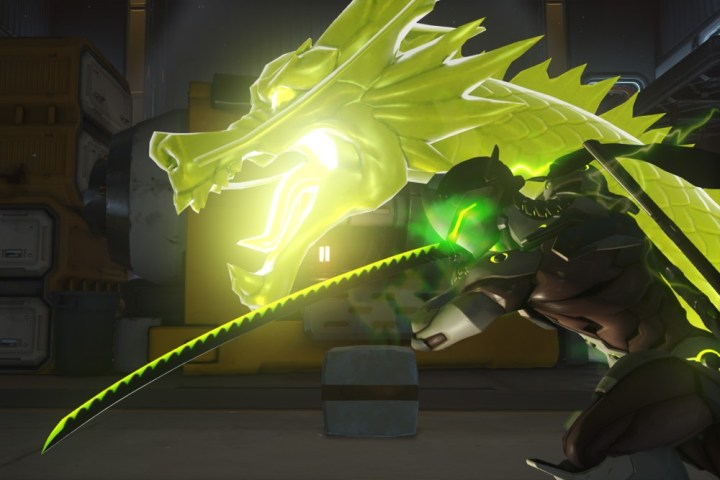
Previously, Overwatch sorted players into Skill Tiers based on their Skill Ratings, which disrupted the balance of seasonal matchmaking. Mercer notes that matchmaking issues from previous seasons will be addressed with the upcoming launch of Season 3.
Citing a desire to have each competitive Overwatch season “feel like a fresh start,” Mercer outlined the delicate balance involved in managing player Skill Tiers between seasons. Rather than decreasing or resetting player Skill Ratings at launch, however, Mercer notes that Season 3 will allow players to carry over their current standings “as a starting point.”
“Fair matches of skill between the teams provide the greatest chance for you to have fun in Overwatch,” Mercer explains. “At the same time, we’d also like every new competitive season to feel like a fresh start.”
“These two goals end up being somewhat contradictory,” Mercer admits. “If we completely reset everyone’s Skill Rating (SR) at the start of a new season, then players of all skill levels would end up playing against each other and having poor quality matches until the system could reevaluate each player’s skill. Because of this, we don’t fully reset your SR when a new season begins, and instead use your SR from the previous season as a starting point.”
Mercer revealed that Blizzard is currently testing rebalanced Skill Rating and Skill Tier placement within Overwatch‘s public test realm ahead of Season 3’s debut next month. Blizzard’s revised rankings calculations now favor a level playing field, rather than the “fresh start” approach adopted by previous seasons.
While Blizzard will make efforts to retain player Skill Ratings between seasons, Mercer warns that some players may start at a lower Skill Tier in Season 3, though Skill Ratings points from wins will be awarded at an increased rate as compensation.
“We’re also going to initially tune your [Skill Ratings] to be slightly lower to start,” Mercer notes. “In turn, fewer players should start the season having their Skill Rating drastically drop despite having close to even wins and losses.
“This change will mean that some players will not start in the same tier for Season 3 that they were placed in for Season 2, and that your SR gains from winning will be a little higher at the beginning of the season. After you play enough matches, however, your SR gains and losses will go back to normal.”
The second season of competitive Overwatch play concludes on November 24. Season 3 will launch on December 1.
Editors' Recommendations
- Hatsune Miku’s Crypt of the NecroDancer crossover is a perfect fit
- The best video game remakes of all time
- Marvel’s Midnight Suns for Nintendo Switch canceled ahead of last-gen launch
- You can still get a Thunder Shotgun in Fortnite Chapter 4 Season 2. Here’s how
- MLB The Show 23 returns to Xbox, PlayStation, and Nintendo Switch this March


